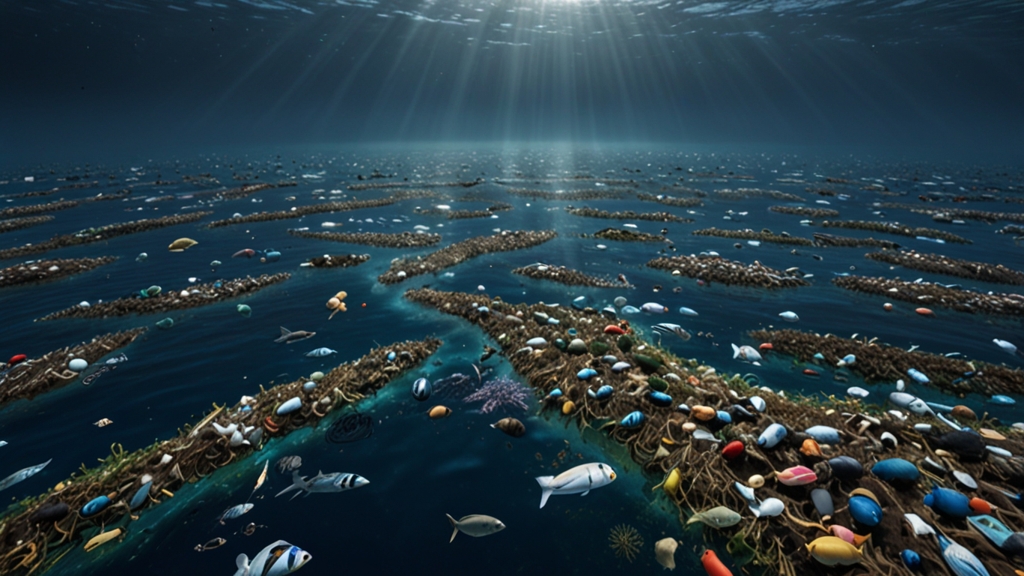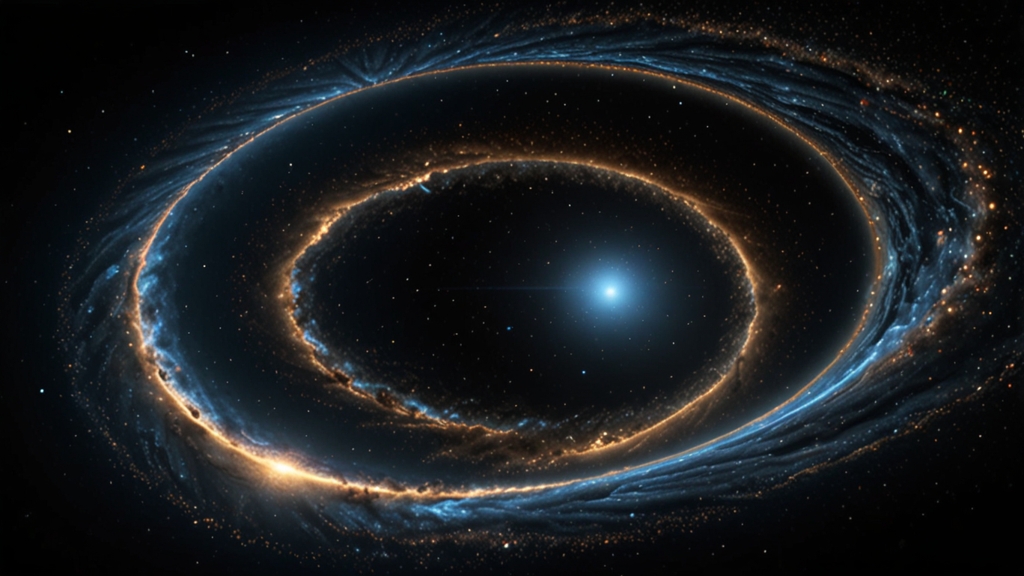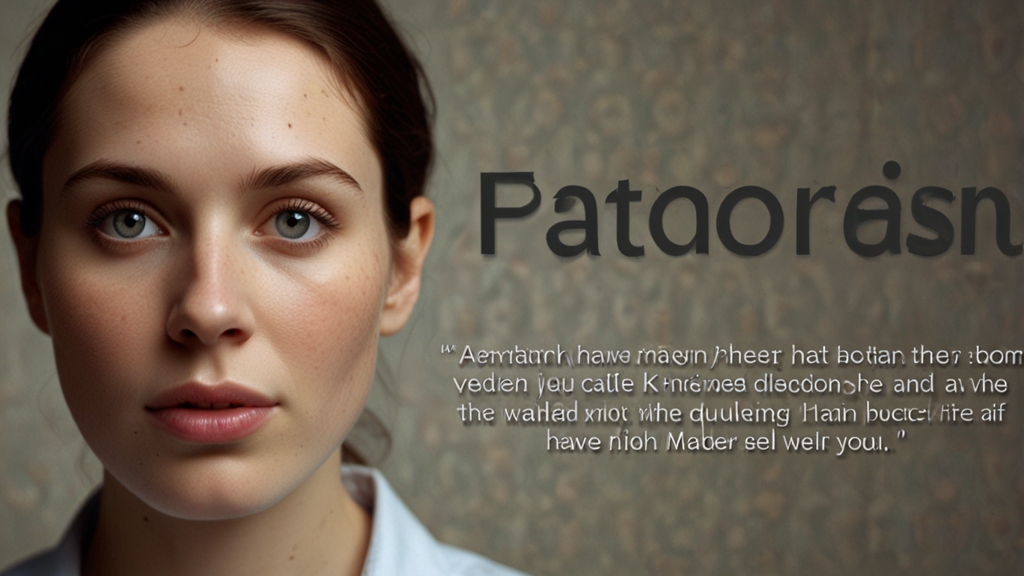The Great Pacific Garbage Patch: A Scientific Crisis
The Great Pacific Garbage Patch (GPGP) stands as one of the most alarming environmental issues of our time. Located roughly between Hawaii and California, this swirling vortex of plastic debris has become a stark symbol of human negligence and environmental degradation. Characterized by its massive size and the density of plastic particles, the GPGP is both a scientific and ecological crisis that demands immediate attention and action.
"The Great Pacific Garbage Patch is not just an unsightly accumulation of trash. It’s a symptom of broader systemic failures in our waste management and consumer habits," says Dr. Jenna Jambeck, a renowned environmental engineer and professor at the University of Georgia.
The Anatomy of the Patch
Contrary to popular belief, the GPGP is not a compact island of trash floating on the ocean's surface. Instead, it's a more diffuse zone of debris, held together by the ocean's currents and gyres. Researchers estimate that the patch covers an area of approximately 1.6 million square kilometers, an expanse more than twice the size of Texas. Within this area, plastics of all shapes and sizes, from large fishing nets to microplastics smaller than a grain of rice, create a congested and toxic soup.
Scientific studies have highlighted the staggering volume of plastic contained within the GPGP. An estimated 1.8 trillion pieces of plastic, weighing around 80,000 metric tons, inhabit this area. This sheer volume has catastrophic consequences for marine life, ecosystems, and even human health.
Impact on Marine Life
Marine organisms at all levels of the food chain are affected by the plastics in the GPGP. Larger animals, such as sea turtles, seabirds, and mammals, can become entangled in larger debris, leading to injury, suffocation, or death. Smaller organisms often mistake microplastics for food, ingesting toxic particles that can lead to internal blockages, starvation, or poisoning.
The toxins and chemicals associated with plastic pollution also disrupt endocrine systems and reproductive processes in marine animals. These disruptions can have cascading effects, influencing population dynamics, predator-prey relationships, and overall biodiversity in the affected regions.
Human Health Concerns
The implications of the GPGP extend far beyond the marine environment. As fish and other seafood ingest microplastics, these particles can make their way up the food chain and onto our dinner plates. The presence of plastic in human food sources raises significant concerns about the potential health risks posed by long-term exposure to plastic-related chemicals, such as bisphenol A (BPA) and phthalates.
"The health of our oceans is directly linked to our own well-being. Ignoring the Great Pacific Garbage Patch is essentially ignoring a growing threat to our food security and health," asserts Dr. Sylvia Earle, a noted marine biologist and explorer.
Steps Towards Mitigation
While the scale of the GPGP problem is daunting, numerous initiatives and technological innovations are being developed to tackle this issue. The Ocean Cleanup, for instance, is a non-profit organization working to develop advanced systems capable of collecting and removing plastics from the ocean. Their efforts have shown promise, but the complexity and vastness of the problem mean that cleanup efforts alone are not sufficient.
Preventative measures are equally, if not more, important. Reducing the production and consumption of single-use plastics, improving waste management infrastructure, and promoting recycling and upcycling initiatives are essential steps in curbing the flow of plastics into our oceans. Public awareness campaigns and educational programs can also play a fundamental role in changing consumer behavior and fostering a culture of sustainability.
Conclusion
The Great Pacific Garbage Patch is an urgent environmental crisis that transcends borders and demands global cooperation. Addressing this issue requires a multi-faceted approach, combining innovative cleanup efforts, rigorous scientific research, effective policy-making, and a collective commitment to reducing plastic pollution at its source. Only through concerted efforts can we hope to preserve the health of our oceans and, by extension, the well-being of our planet.
"The fight against plastic pollution is a fight for the future of our planet. Each one of us has a role to play in turning the tide," emphasizes Dr. Jane Goodall, a distinguished primatologist and environmentalist.







